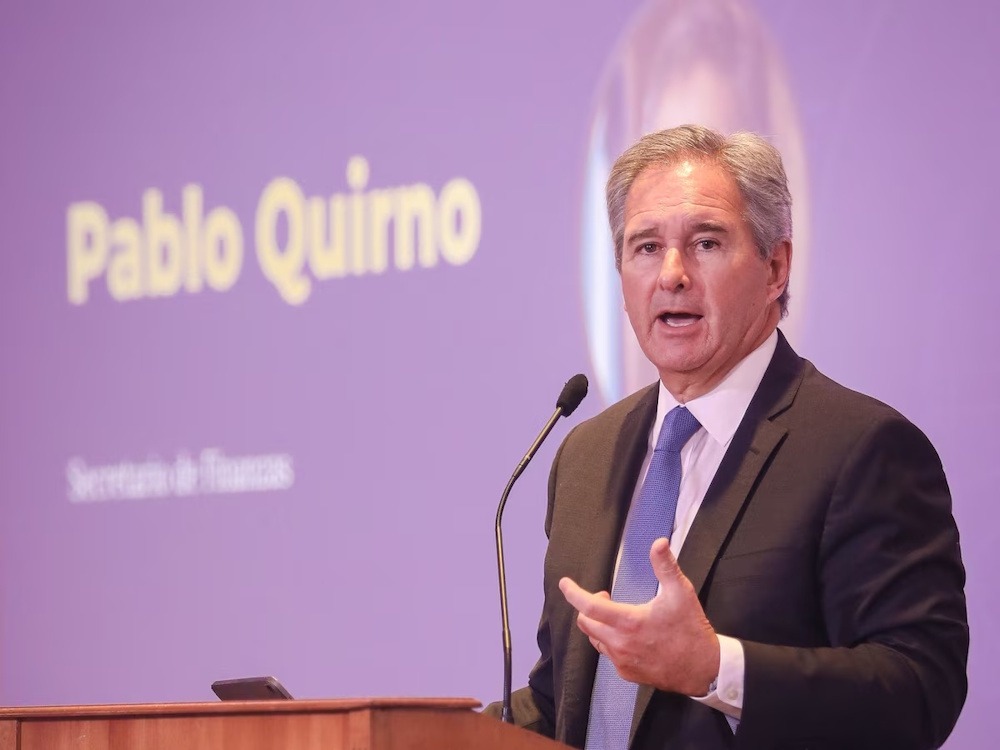On Tuesday, the Argentine government declared its intention to intervene in the currency market to mitigate the rapid depreciation of the peso observed in recent days. The decision to intervene via the Treasury signifies a notable change in the exchange rate policy under President Javier Milei’s administration, occurring mere days ahead of the legislative elections in Buenos Aires Province, the largest district in the country, currently under the governance of the opposition Peronist party.
The situation unfolds amid a scandal involving alleged bribes that implicate Karina Milei, the sister of the head of state, as well as his presidential chief-of-staff. Recently, an increasing demand for dollars in Argentina has driven the exchange rate near the upper limit of the official floating band of 1,467 pesos per dollar — the point at which the Central Bank is permitted to intervene. The government’s strategy of increasing benchmark interest rates has failed to mitigate the urgency to divest pesos in favor of the dollar. It arises within a context of uncertainty driven by the impending nationwide midterm legislative elections on October 26.
The fluctuations in the currency align with a judicial inquiry into purported corruption and the inflated pricing of pharmaceuticals at the ANDIS national disability agency, a matter in which Karina Milei has been involved. Fluctuations continue to be a critical concern for Argentines seeking to safeguard their savings via foreign currency. The government is resolute in its efforts to avert a depreciation of the peso that could exacerbate inflationary pressures.
Since assuming office, controlling inflation has been a primary objective for Milei. Consumer prices have increased by 17.3 percent thus far this year, in contrast to a rise of 87 percent during the equivalent timeframe in 2024. Finance Secretary Pablo Quirno stated in a post on X that the Treasury’s intervention in the free exchange market is intended to “contribute to its liquidity and normal functioning.” Following a near peak of 1,400 pesos per dollar on Monday, the exchange rate experienced a decline to 1,375 on Tuesday after the announcement, marking a decrease of almost one percent.

